Apricot
‘Apricot’ in a tasting note is in the spectrum of other stone fruits, such as peach, indicating a certain ripeness in the grapes, and used to describe white wines – although not as ripe as in hot climate wines, where the fruit descriptors become tropical, like pineapple and mango.
In Decanter’s How to read wine tasting notes, it says apricot ‘denotes warm, summery ripeness.’
Apricot is often associated with the grape Viognier, along with peach and blossom, found the in Rhône and increasingly in the New World like California and Australia. Richer Albariño, from North West Spain, is another fine white which regularly gets described with an apricot nose.
Apricot is also an aroma often found in sweet wines; either as the fresh fruit, or dried apricot, which is sweeter and more intense.
It can be found in sweet wines like Sauternes and Tokaji, and fortified wines, like in Tawny Port, along with other dried fruits.
Dried apricot is not restricted to sweeter wines only, and is found in dry wines too, like Domaine de la Taille aux Loups, Les Dix Arpents 2014.
Lavender
Lavender is a highly aromatic plant; it produces lots of nectar from which bees can make high quality honey, and the plant itself is becoming more popular in cooking.
As well as being grouped with other floral aromas, like rose, it can be linked with herbaceous ones, like eucalyptus.
Aromas of lavender are found in red wines – commonly in red wines from Provence, where lavender fields are in abundance, which may be what contributes this aroma to the wines.
It’s also found in Vino Nobile di Montepulciano, made in Tuscany from the Sangiovese grape, and some New World Pinot Noirs.
The compounds that are behind the cause of the lavender scent are cis-rose oxide, linalool, nerol, geraniol, according to WineFolly.
Cis-rose oxide, nerol and geraniol are also contribute to rose aromas – which can also be found in Pinot Noir, Sangiovese and Nebbiolo.
Silky
Imbibing silk might be hard to imagine, and not particularly tempting, but it is certainly a desirable quality in wine.
It is experienced in the mouthfeel of the wine; as you roll it around your palate you get a sense of density and texture. A wine described as silky should feel smooth and luscious in your mouth, with sufficient body to make you aware of its texture, yet elevated enough to avoid being flabby.
In red wines, the term silky is commonly applied to tannins. ‘Silky tannins’ is often a term of praise used for well-aged reds such those of Bordeaux, or a Sangiovese like the Decanter wine legend Biondi Santi, Tenuta il Greppo 1975.
Tannins give red wines structure and texture, and in the ageing process they can evolve from feeling coarse to having a silky quality, as they become more integrated in the wine.
In a similar way, structure can be added to white and sparkling wines by resting them on the lees (dead yeast cells), a process known as sur lie. If macromolecules, imparted by the lees, become well-integrated with the wine they can create a silky feel. A similar effect can be achieved by bâtonnage (stirring the lees).
As a term describing a tannic or yeasty mouthfeel, silky feels more polished than a ‘velvety’ wine, but perhaps not as weighty as a ‘creamy’ wine.
It can also manifest itself in white wines with high levels of glycerin, such as Albariño from Rias Baixas or Vinho Verde. As well as Viognier wines, which are often described as having an oily texture, and this can create a silky sensation in the mouth.
Earthy
Earthy is a versatile tasting note that can encompass a range of wine flavour profiles; from dry and dusty aromas to tertiary aromas such as wet forest floor, or even farmyard manure odours. Earthy can be seen as belonging to the same flavour profile as notes like wet wool, mineral and tar aromas; all are naturally occurring substances. But they have little in common with fruit, vegetal or floral notes.
If subtle, and well integrated, then earthy can be considered a welcome addition to a wine’s aroma, particularly for more full-bodied reds. These include Italian wines made from the Sangiovese grape, like those from Brunello di Montalcino, and more rustic southern Italian varieties like Primitivo and Aglianico.
Earthy is also a positive thing for some Pinot Noir and Syrah wines, where it can add complexity as a secondary and tertiary aroma.
If earthy notes veer more towards a farmyard smell, this could be due to Brettanomyces, a wine-altering strain of yeast. Some wine lovers enjoy its effects at low levels, but its presence causes debate.
Translated by ICY
All rights reserved by Future plc. No part of this publication may be reproduced, distributed or transmitted in any form or by any means without the prior written permission of Decanter.
Only Official Media Partners (see About us) of DecanterChina.com may republish part of the content from the site without prior permission under strict Terms & Conditions. Contact china@decanter.com to learn about how to become an Official Media Partner of DecanterChina.com.

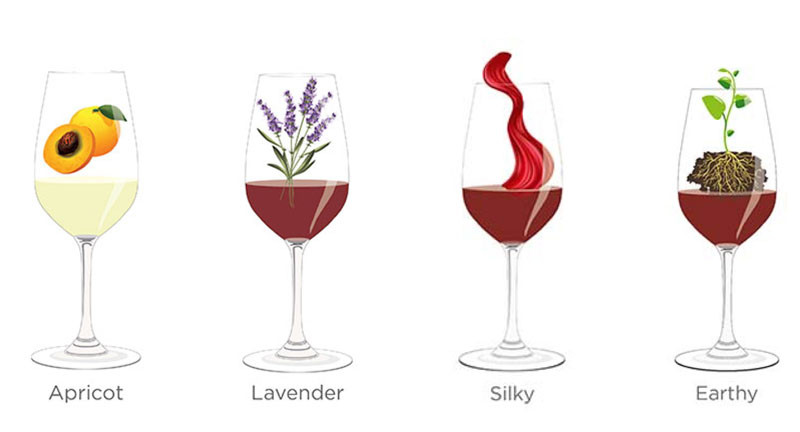
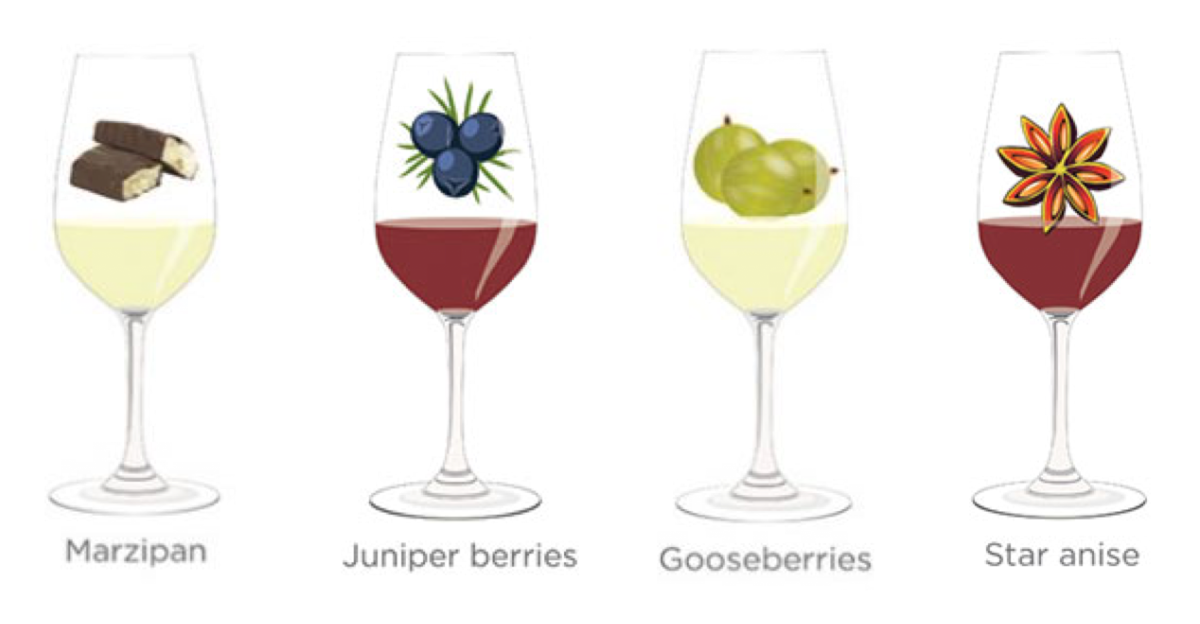
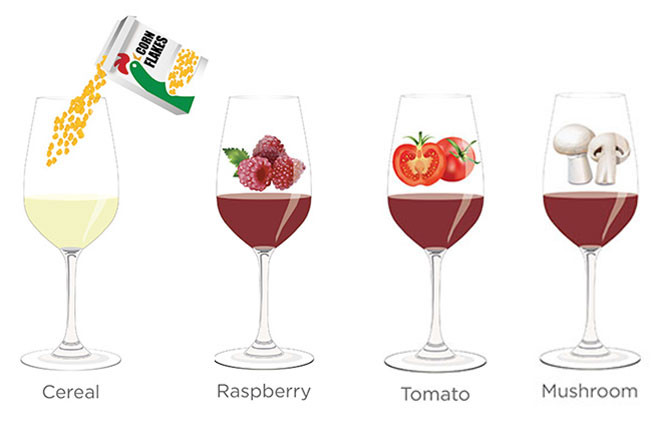
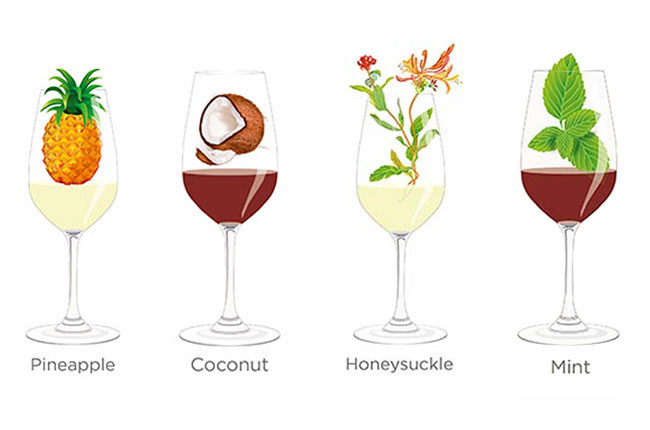
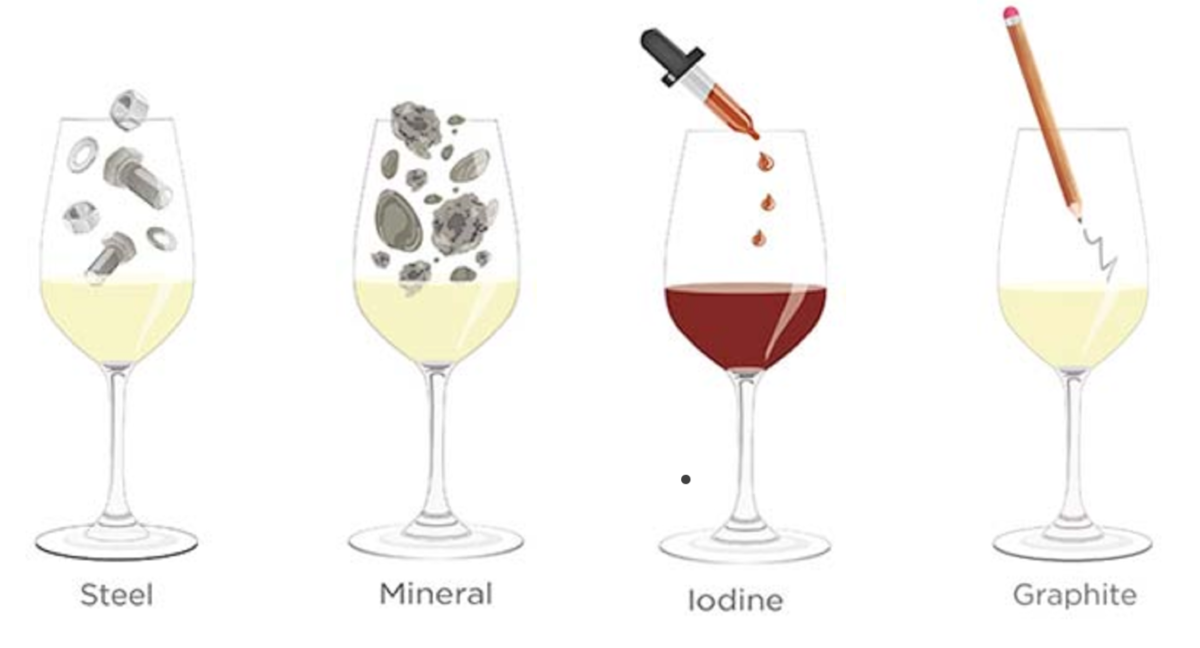
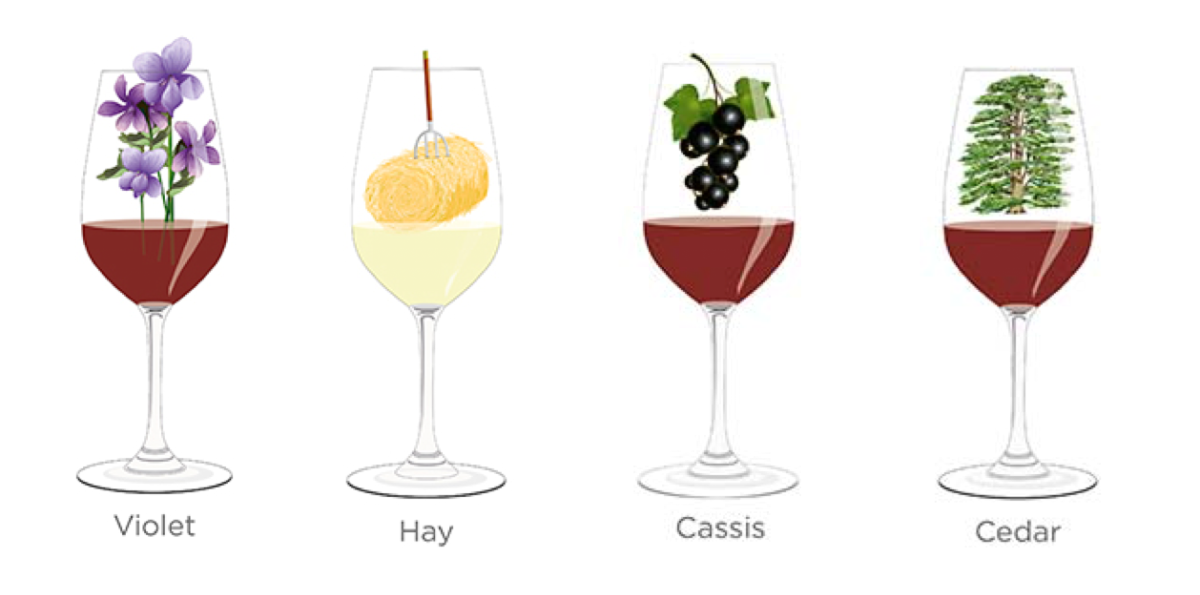
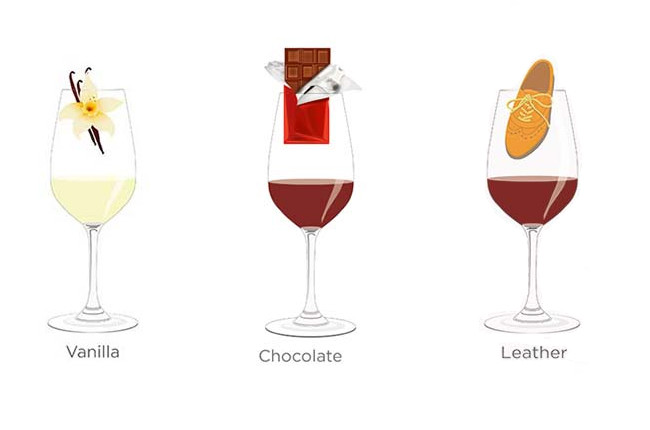

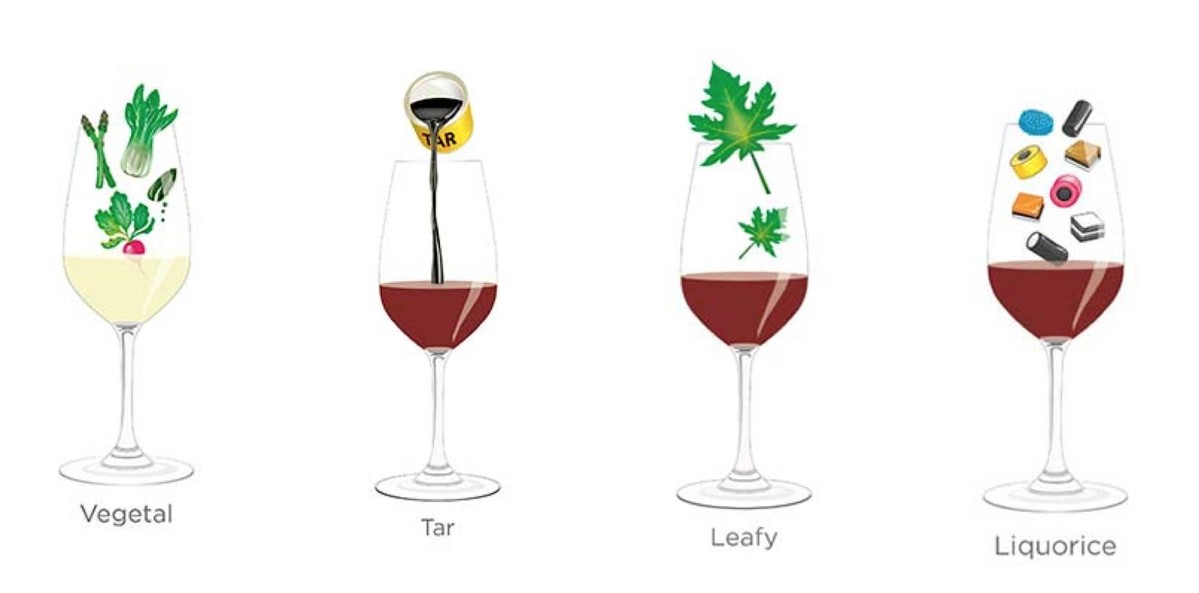
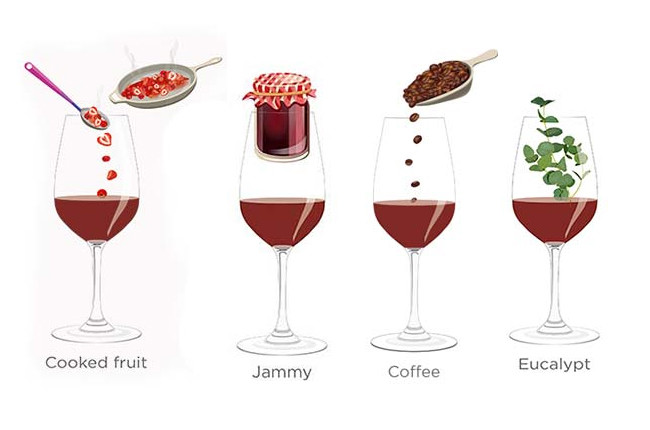

Comments
Submit